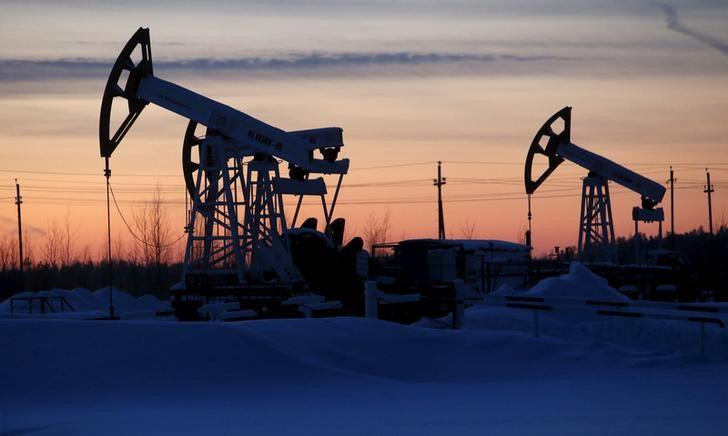
Crude oil prices jumped on revised oil demand forecasts on Wednesday despite concerns over rising coronavirus cases and vaccine rollouts.
Brent crude futures rose $1.01, or 1.59%, to $64.68 a barrel by 1241 GMT. US West Texas Intermediate (WTI) crude futures were up $0.88, or 1.46%, at $61.06 after rising more than $1 in earlier trade.
“The main price driver this morning is the monthly IEA report that foresees a significant rise in global oil demand in the second half of the year. This, in turn, will increase demand for OPEC oil and deplete worldwide and OECD inventories,” said PVM Oil Associates analyst Tamas Varga.
The International Energy Agency (IEA) predicted global oil demand and supply were set to rebalance in the second half of the year and that producers may then need to pump an additional 2 million barrels per day (bpd) to meet the expected demand.
Similarly, the Organisation of the Petroleum Exporting Countries (OPEC) on Tuesday raised its global demand forecast by 70,000 bpd from last month’s forecast and now expects global demand to rise by 5.95 million bpd in 2021.
Signs of a strong economic recovery in China and the United States have underpinned recent price gains, but stalled vaccine rollouts worldwide and soaring Covid-19 cases in India and Brazil have slowed the market’s advance.
“Continuing setbacks on vaccine rollouts and global cases nearing January’s peak is likely to hold a firm cap on crude’s ascent in the short term,” said Vandana Hari, energy analyst at Vanda Insights.
A weakening US dollar also “provided a mild upward push” in recent days but there has been “no major bullish impetus to free crude from its narrow trading range”, she added.
The dollar hit three-week lows on Wednesday, making crude cheaper for countries using other currencies.
In addition to the weaker dollar, Iran’s increased uranium enrichment activity was “also somewhat supportive”, ING bank said in a note.
The bank said this suggested that a return of the US to the Iranian nuclear deal and any lifting of sanctions is likely to be some way off.
Sources said that data from the American Petroleum Institute showed crude stocks fell by 3.6 million barrels in the week ended April 9. Analysts polled by Reuters had expected a decline of about 2.9 million barrels.
Traders are waiting to see if official inventory data from the US Energy Information Administration (EIA) on Wednesday matches that view.
1736927836-0/hugh-sutton-(1)1736927836-0-405x300.webp)
1736926952-0/Untitled-design-(91)1736926952-0-165x106.webp)

1736926441-0/BeFunky-collage-(49)1736926441-0-165x106.webp)















COMMENTS
Comments are moderated and generally will be posted if they are on-topic and not abusive.
For more information, please see our Comments FAQ